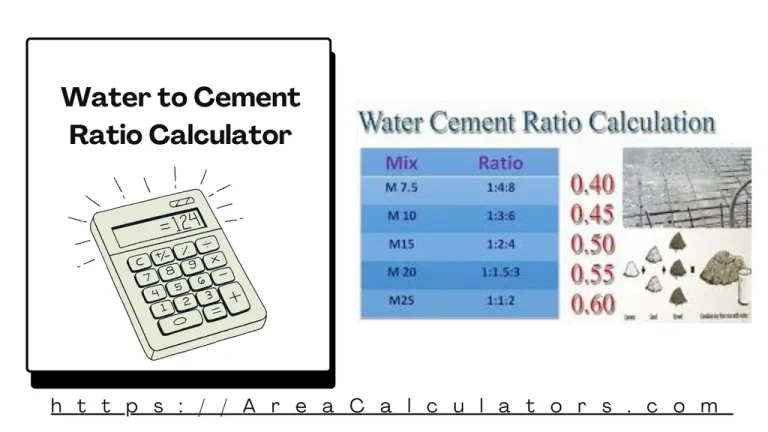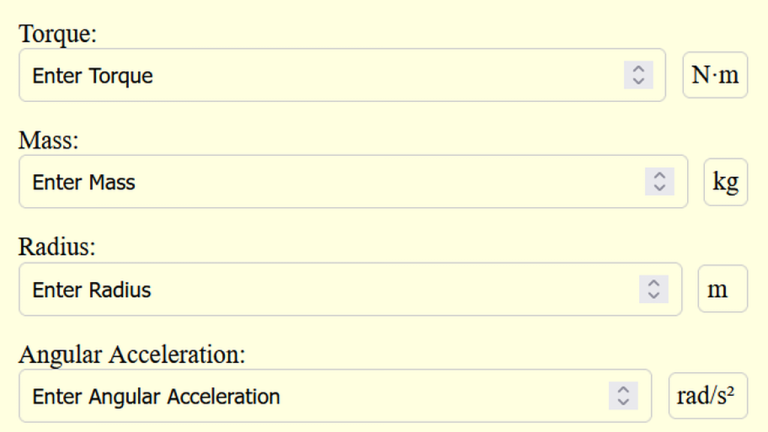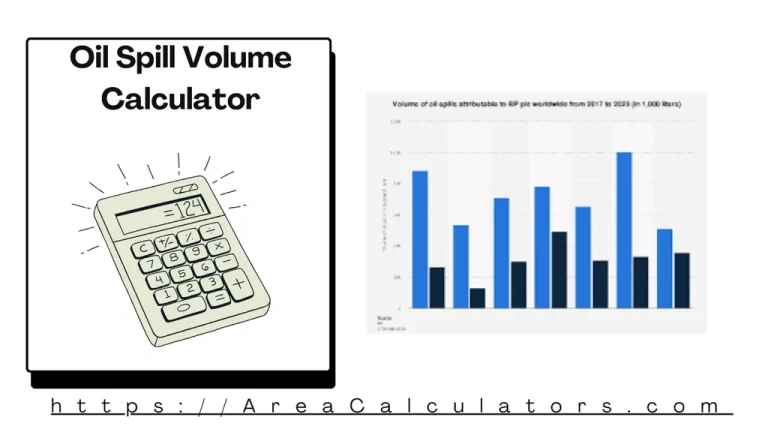FPM (feet per minute) to CFM (cubic feet per minute) Calculator
To convert FPM to CFM, multiply the air velocity (in feet per minute) by the cross-sectional area of the duct (in square feet).
Contents
To convert FPM to CFM, multiply the air velocity (in feet per minute) by the cross-sectional area of the duct (in square feet).
The FPM to CFM Calculator is essential for determining airflow in HVAC systems, ductwork design, and industrial ventilation. Airflow, measured in cubic feet per minute (CFM), helps evaluate system efficiency, ensuring optimal ventilation and air distribution.
This conversion links air velocity (feet per minute, FPM) with the duct cross-sectional area, making it easy to calculate the airflow through round or rectangular ducts. Whether you’re optimizing HVAC performance, calculating duct sizing, or analyzing air velocity, this calculator simplifies complex measurements for engineers, contractors, and enthusiasts alike.
CFM = FPM ∗ A
| Variable | Definition |
|---|---|
| CFM | Cubic Feet Per Minute (Airflow Volume) |
| FPM | Feet Per Minute (Air Velocity) |
| A | Cross-Sectional Area (Square Feet) |
Example 1: Calculate the airflow through a duct with an air velocity of 500 FPM and a cross-sectional area of 2 square feet.
| Variable | Value |
|---|---|
| Air Velocity (FPM) | 500 |
| Area (A) | 2 sq. ft. |
| CFM | 1,000 CFM |
Example 2: Determine the airflow for a duct with an air velocity of 750 FPM and an area of 3 square feet.
| Variable | Value |
|---|---|
| Air Velocity (FPM) | 750 |
| Area (A) | 3 sq. ft. |
| CFM | 2,250 CFM |
The FPM to CFM Calculator is a valuable tool for converting air velocity in feet per minute (FPM) to volumetric airflow in cubic feet per minute (CFM).
It simplifies the process for engineers, HVAC professionals, and hobbyists working with ventilation, ductwork, or air circulation systems.
To perform the calculation, users need to input the FPM value and the duct cross-sectional area. The calculator multiplies these to determine the airflow in CFM, allowing users to size ducts, evaluate ventilation systems, or troubleshoot airflow issues.
For instance, converting FPM to CFM for round ducts is a common task, particularly when ensuring balanced airflow in HVAC systems.
Professionals can also use this tool in reverse to determine FPM from CFM for designing duct layouts. With applications ranging from industrial air handling systems to home HVAC setups, the calculator ensures precision and efficiency in airflow calculations.
To conclude, the FPM to CFM Calculator is an essential tool for accurate airflow measurements. It enhances efficiency in system design and maintenance, ensuring optimal ventilation and air circulation performance.
Contents

To calculate the water-to-cement ratio, divide the weight of the water by the weight of the cement used. The Water to Cement Ratio Calculator is a crucial tool for concrete mix design, helping to achieve the desired strength and durability. A proper water-to-cement ratio ensures a balance between workability and the concrete’s ability to resist…
Subtract your mattress height from your shoulder width to estimate the ideal pillow height for optimal support. The Pillow Height Calculator helps you determine the right pillow height for proper neck and spine alignment during sleep. Pillow height varies based on sleeping position, mattress firmness, and individual body proportions. Using the correct height reduces neck…

To calculate angular acceleration, divide torque (T) by mass (m) and radius squared (r^2). The Torque to Angular Acceleration Calculator computes angular acceleration produced by a given torque applied to a rotating object. This is essential in mechanics and physics for analyzing rotational motion in systems such as wheels, gears, or engines. Angular acceleration is…

To calculate the volume of an oil spill, multiply the length of the spill by its width and thickness. This formula offers a straightforward way to estimate the spill’s total volume, ensuring accurate assessments for response and cleanup efforts. The Oil Spill Volume Calculator is an invaluable tool for environmental scientists, engineers, and emergency response…
To convert pounds (lbs) to grams per square meter (GSM), multiply the weight in pounds by 1.48. The Lbs to GSM Calculator is a simple tool to convert paper weight from pounds to GSM. This conversion is crucial in industries like printing, packaging, and textiles, where weight specifications are essential. It helps standardize measurements for…
To calculate the oil-to-gas ratio, divide the amount of oil (in liters or ounces) by the amount of gas (in liters or gallons). The Oil to Gas Ratio Calculator is a practical tool for determining the correct fuel mixture for 2-stroke engines, outboard motors, and other equipment requiring mixed fuel. Maintaining the right ratio, such…